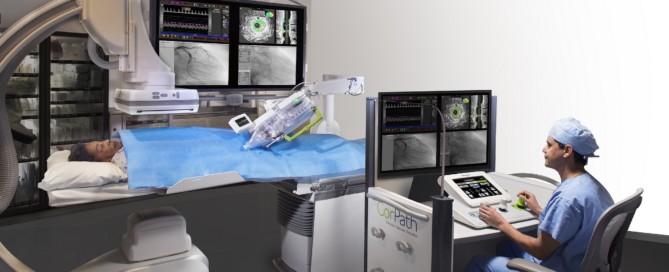COVID-19: Robotics may help to reduce exposure to virus patients during interventional procedures
Jon George Studies have shown that robotic percutaneous coronary intervention (PCI) with the CorPath GRX System (Corindus, now part of Siemens Healthineers)—compared with manual PCI—reduces radiation exposure to the cath lab staff and may also improve precision. Furthermore, during the current pandemic, it potentially could help to reduce contact with COVID-19 patients [...]





















